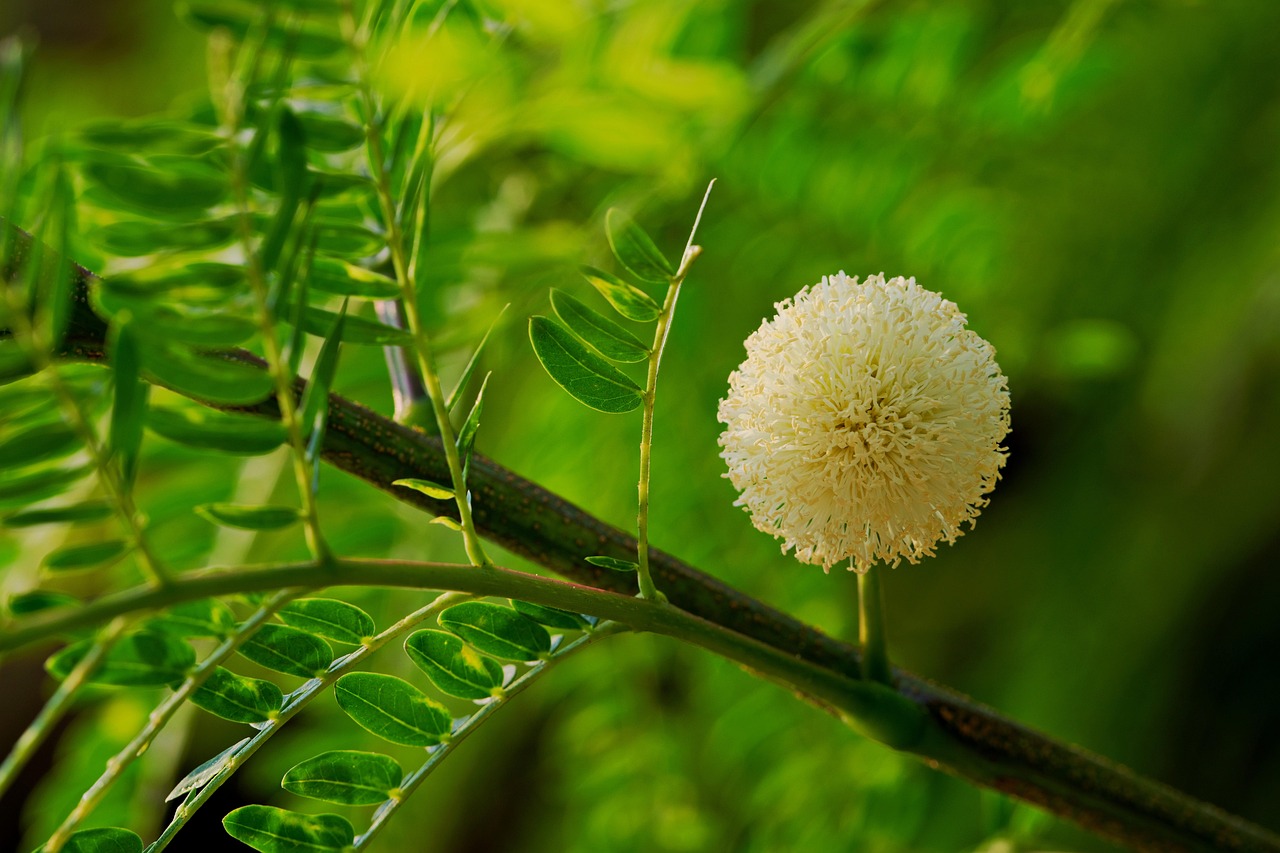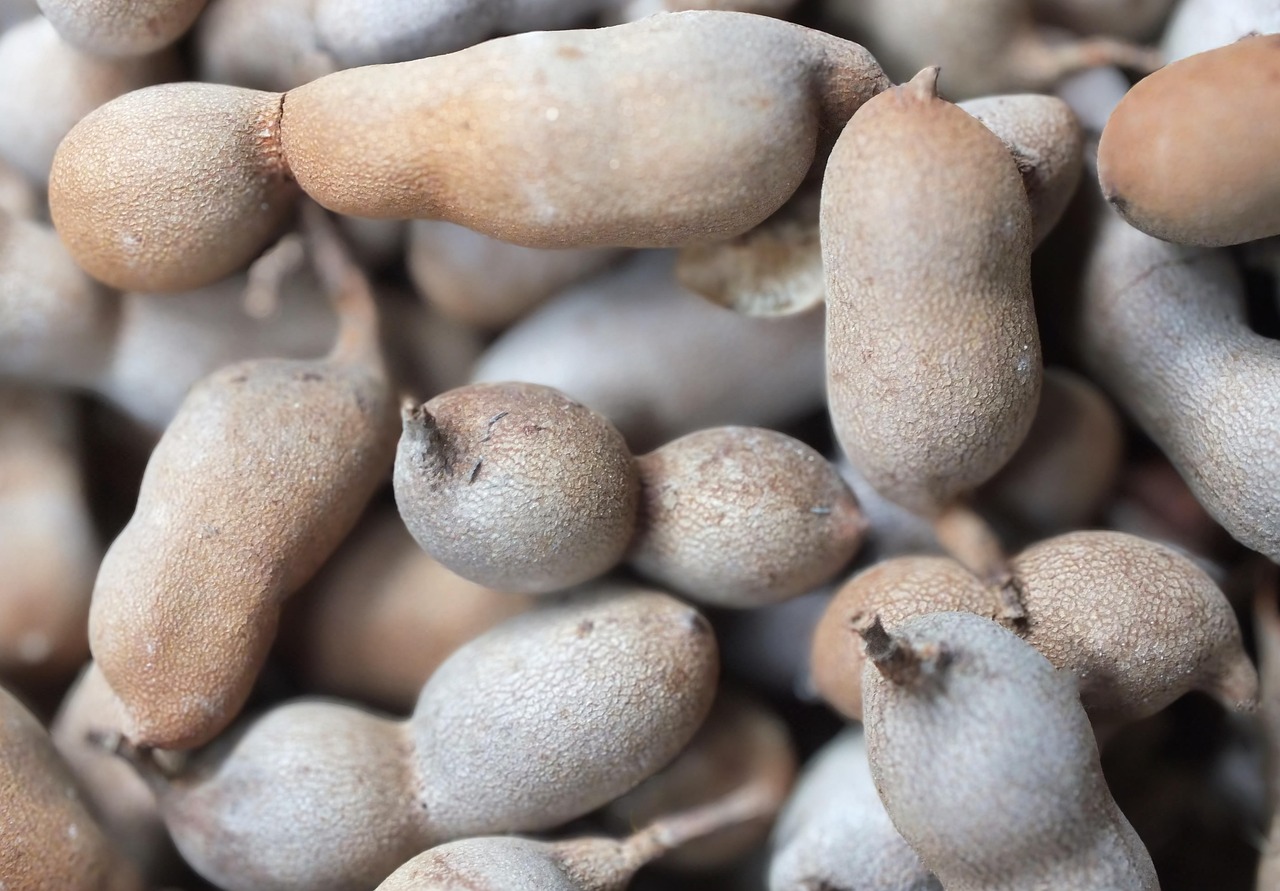The growth rate of tamarind trees in subtropical fruit farms typically ranges from 1 to 2 feet per year during their early years. With optimal conditions, mature trees can reach heights of up to 80 feet, depending on the specific variety and care provided.
Tamarind (Tamarindus indica) is a tropical tree native to Africa but widely cultivated in subtropical regions around the world. It is valued for its sweet and tangy fruit, which is used in various culinary dishes and beverages. The tree is not only appreciated for its fruit but also for its shade and ornamental qualities. Understanding the growth rate of tamarind trees is essential for farmers and horticulturists aiming to optimize their fruit production.

The growth rate of tamarind trees can be influenced by several factors, including soil type, climate, water availability, and the overall health of the tree. In subtropical climates, where temperatures are moderate and rainfall is adequate, tamarind trees tend to thrive and grow more quickly. Farmers often seek to create the best conditions for these trees to ensure a fruitful harvest.
Factors Influencing Tamarind Tree Growth
Several key factors can significantly impact the growth rate of tamarind trees in subtropical fruit farms. Understanding these factors helps farmers make informed decisions regarding cultivation practices.
- Soil Quality: Tamarind trees prefer well-drained soils rich in organic matter. Soil pH should ideally range from 6.0 to 7.0. Poor soil conditions can stunt growth and reduce fruit quality.
- Water Availability: Adequate watering is crucial during the tree’s early years. Overwatering or underwatering can lead to root problems and hinder growth.
- Sunlight: Tamarind trees thrive in full sunlight. A location that receives at least 6 hours of direct sun per day encourages healthy growth and fruit production.
- Temperature: Tamarind trees generally prefer warm temperatures. They can tolerate brief cold spells but may suffer if exposed to frost.
- Pest and Disease Management: Regular monitoring for pests and diseases is vital. Healthy trees grow faster and produce better yields.
Farmers often conduct soil tests before planting tamarind trees to assess nutrient levels and pH balance. By amending the soil as needed, they can create a more conducive environment for growth.

Growth Stages of Tamarind Trees
Tamarind trees go through several distinct growth stages, each characterized by different growth rates and care requirements. Understanding these stages can help farmers tailor their management practices accordingly.
| Growth Stage | Age (Years) | Height (Feet) |
|---|---|---|
| Seedling | 1 | 1-2 |
| Juvenile | 2-5 | 3-10 |
| Mature | 6-15 | 10-30 |
| Fully Mature | 15+ | 30-80 |
The seedling stage is vital as it sets the foundation for future growth. During this phase, proper care including watering and protection from pests is essential. As tamarind trees transition into the juvenile stage, their growth accelerates, particularly if optimal conditions are met.
A mature tamarind tree, typically between 6 to 15 years old, can produce fruit, although peak production usually occurs later. Farmers should be aware that while these trees can live for several decades, their most productive years are often concentrated in a specific time frame.

In summary, the growth rate of tamarind trees in subtropical fruit farms varies based on numerous environmental factors and management practices. Understanding these influences will lead to healthier trees and improved yields for farmers dedicated to cultivating this unique fruit tree.
Optimal Conditions for Tamarind Tree Growth
To achieve the best growth rates for tamarind trees in subtropical regions, farmers must create optimal conditions. This involves careful management of environmental factors and resources. Below are key considerations that can enhance the growth and productivity of tamarind trees.
Soil Management
Good soil management is essential for the healthy growth of tamarind trees. Here are several practices that can improve soil conditions:

- Soil Testing: Conduct regular soil tests to monitor pH levels and nutrient content. This helps in making informed decisions on soil amendments.
- Organic Matter Addition: Incorporate organic materials such as compost into the soil to improve fertility and moisture retention.
- Drainage Improvement: Ensure that the planting area has proper drainage to prevent waterlogging, which can harm the roots.
Watering Practices
Watering is a critical factor influencing the growth rate of tamarind trees. Appropriate watering techniques can significantly affect tree health and fruit yield:
- Deep Watering: Water deeply and less frequently to encourage deep root growth. This helps the trees become more drought-resistant.
- Irrigation Systems: Consider installing drip irrigation systems to provide consistent moisture while minimizing water waste.
- Drought Monitoring: Monitor environmental conditions for signs of drought stress, especially during dry seasons, and adjust watering accordingly.
Pest and Disease Management
Pests and diseases can significantly hinder the growth of tamarind trees. Effective management practices are essential for keeping trees healthy:
Common Pests
Several pests may affect tamarind trees, including:
- Tamarind Weevil: A common pest that can damage young shoots and leaves.
- Aphids: These tiny insects suck sap from the leaves, weakening the tree.
- Mealybugs: They can cause stunted growth and leaf drop by extracting nutrients from the plant.
Disease Prevention
A few diseases that can affect tamarind trees include:
- Leaf Spot: Caused by fungal pathogens, leading to reduced photosynthesis.
- Root Rot: Often results from overwatering or poor drainage, affecting root health.
Farmers should implement integrated pest management (IPM) strategies to combat these challenges. This may involve using organic pesticides, promoting beneficial insects, and practicing crop rotation.
Nutritional Needs of Tamarind Trees
Nutrient requirements vary throughout the growth stages of tamarind trees. Proper fertilization can lead to healthier trees and improved yields. The following nutrients are particularly important:
| Nutrient | Role in Growth | Sources |
|---|---|---|
| Nitrogen | Promotes leaf and stem growth | Urea, compost, manure |
| Phosphorus | Supports root development and flowering | Bone meal, rock phosphate |
| Potassium | Aids in fruit quality and disease resistance | Potasium sulfate, greensand |
Farmers should consider applying a balanced fertilizer during the growing season. This ensures that the trees receive adequate nutrients to support their growth and fruit production.
Cultural Practices for Enhanced Growth
Cultural practices play a significant role in the overall health and growth rate of tamarind trees. Some effective practices include:
- Pruning: Regular pruning helps shape the tree, remove dead or diseased wood, and improve air circulation.
- Mulching: Applying organic mulch around the base of the tree retains moisture, suppresses weeds, and adds nutrients as it decomposes.
- Spacing: Adequate spacing between trees allows for better air circulation and sunlight exposure, reducing competition for resources.
By implementing these practices, farmers can maximize growth rates and yield potential for their tamarind crops. Understanding the specific needs of tamarind trees in subtropical environments is essential for successful cultivation.
Harvesting and Post-Harvest Practices
Harvesting tamarind fruit at the right time is crucial for maximizing quality and yield. Proper post-harvest practices also play a significant role in maintaining the fruit’s flavor and shelf life. Understanding these processes can help farmers get the most out of their crops.
Harvesting Techniques
Harvesting tamarind should be done when the pods are fully mature. Signs of maturity include:
- Color Change: The pods transition from green to brown as they ripen.
- Firmness: Mature pods will feel firm but slightly pliable when squeezed.
- Seed Color: The seeds inside the pod turn dark brown, indicating readiness for harvest.
Farmers can harvest tamarind by hand-picking the pods or using tools such as clippers or scissors to avoid damaging the tree. Harvesting is typically done during the dry season when humidity is lower, reducing the risk of mold development.
Post-Harvest Handling
Proper post-harvest handling ensures that tamarind fruit remains fresh and flavorful. The following practices are recommended:
- Cleansing: Remove any dirt or debris from the harvested pods by gently washing them with water.
- Drying: Spread the harvested pods in a shaded area to allow them to dry completely. This helps to extend shelf life and maintain quality.
- Storage: Store the dried pods in a cool, dry place in airtight containers to prevent moisture absorption.
Farmers should also monitor stored tamarind for signs of spoilage, such as mold or off-putting smells. Regular checks can help identify problems early and prevent losses.
Market Potential and Economic Importance
The market for tamarind is growing as its popularity rises in culinary applications, health products, and even cosmetics. Understanding the economic importance of tamarind can motivate farmers to invest in better cultivation practices.
Culinary Uses
Tamarind is a versatile ingredient used in various cuisines around the world. Some common uses include:
- Sauces and Pastes: Tamarind is often used to create flavorful sauces, such as Worcestershire sauce and various Asian dipping sauces.
- Beverages: Tamarind juice is popular in many tropical countries and is consumed fresh or as a concentrate.
- Desserts: The fruit is used in traditional sweets and candies, especially in South Asian cuisine.
Nutritional Benefits
Tamarind is known for its nutritional benefits, which include:
- Rich in Antioxidants: Tamarind contains compounds that help reduce oxidative stress in the body.
- Vitamins and Minerals: It is a source of essential vitamins like vitamin C and minerals such as magnesium and potassium.
- Dietary Fiber: Tamarind is high in fiber, which aids digestion and promotes gut health.
Economic Impact
The economic potential of tamarind can be substantial. As demand increases, farmers can benefit from higher prices for quality fruit. Here are some key points regarding its economic impact:
- Export Opportunities: Many countries import tamarind for culinary and medicinal uses, providing export opportunities for producers.
- Diversification: Growing tamarind can diversify farm income, helping farmers mitigate risks associated with monoculture.
- Value-Added Products: Farmers can create value-added products such as sauces, jams, and dried fruit snacks to increase profitability.
Challenges in Tamarind Cultivation
Despite its potential, tamarind cultivation comes with challenges that farmers need to navigate effectively. Awareness of these issues can lead to better management strategies.
Environmental Factors
Tamarind trees are sensitive to certain environmental conditions. Challenges include:
- Drought Conditions: Extended periods of drought can stunt growth and reduce yields. Irrigation planning is critical to mitigate this risk.
- Pest Infestations: As mentioned earlier, pests can cause significant damage if not managed properly. Regular monitoring is vital.
- Soil Degradation: Over time, soil can lose its fertility if not properly managed. Implementing crop rotation and organic amendments can help maintain soil health.
Market Fluctuations
The market price for tamarind can be volatile based on supply and demand dynamics. Farmers should stay informed about market trends and pricing to optimize their sales strategies.
By understanding these challenges and implementing effective management practices, farmers can enhance the growth rate and overall success of tamarind cultivation in subtropical fruit farms.
In addition to the environmental challenges faced by tamarind trees, there are also economic and management strategies that can significantly influence the growth rate and productivity of these trees. Farmers can adopt various approaches to mitigate risks and enhance overall farm performance.
Adopting Sustainable Practices
Sustainable agricultural practices not only benefit the environment but can also lead to improved growth rates and healthier crops. Here are some sustainable practices that can be effectively integrated into tamarind farming:
- Organic Farming: Utilizing organic fertilizers and pest management techniques can improve soil health and reduce dependency on chemical inputs.
- Agroforestry: Incorporating tamarind trees into a multi-crop system can promote biodiversity, improve soil health, and create a more resilient farming ecosystem.
- Water Conservation: Implementing rainwater harvesting techniques and optimizing irrigation methods can help manage water resources more sustainably.
By adopting these practices, farmers can create a more balanced and productive agricultural system that supports both economic viability and environmental stewardship.
Research and Development
Investments in research and development can lead to better understanding and management of tamarind trees. This includes breeding programs aimed at developing new varieties that are more resistant to pests and diseases or have improved growth rates. Collaboration with agricultural research institutions can provide farmers access to the latest findings and innovative techniques.
Additionally, knowledge sharing among farmers regarding successful growing practices can create a supportive community that enhances the overall success of tamarind cultivation. Workshops, seminars, and online platforms can facilitate this exchange of information.
Future Prospects for Tamarind Farming
The future of tamarind farming in subtropical regions appears promising. As global demand for exotic fruits and natural ingredients continues to rise, tamarind stands out due to its versatility and health benefits. The ability to adapt to changing market conditions will be crucial for farmers looking to capitalize on these trends.
Moreover, with the increasing awareness of health foods, tamarind is gaining popularity as a functional food ingredient. This trend opens new avenues for value-added products, such as supplements, juices, and organic snacks, further enhancing the economic potential of tamarind farming.
Final Thoughts
In conclusion, understanding the growth rate of tamarind trees in subtropical fruit farms is essential for maximizing productivity and profitability. By focusing on optimal growing conditions, effective management practices, and sustainable approaches, farmers can significantly enhance their yields. Continuous education and adaptation to market demands will be key in navigating the challenges associated with tamarind cultivation.
The journey of tamarind farming is not without its hurdles, but with proper knowledge, strategic planning, and community support, farmers can thrive in this niche market. As interest in this unique fruit continues to grow, the future for tamarind cultivation looks bright, promising both ecological benefits and economic opportunities for those who dedicate their efforts to this fruitful endeavor.
